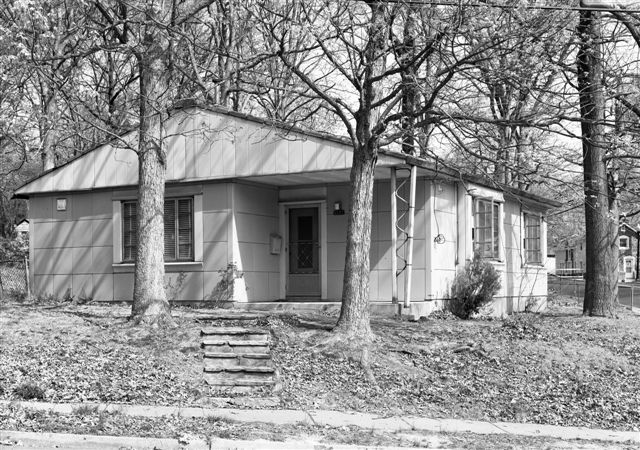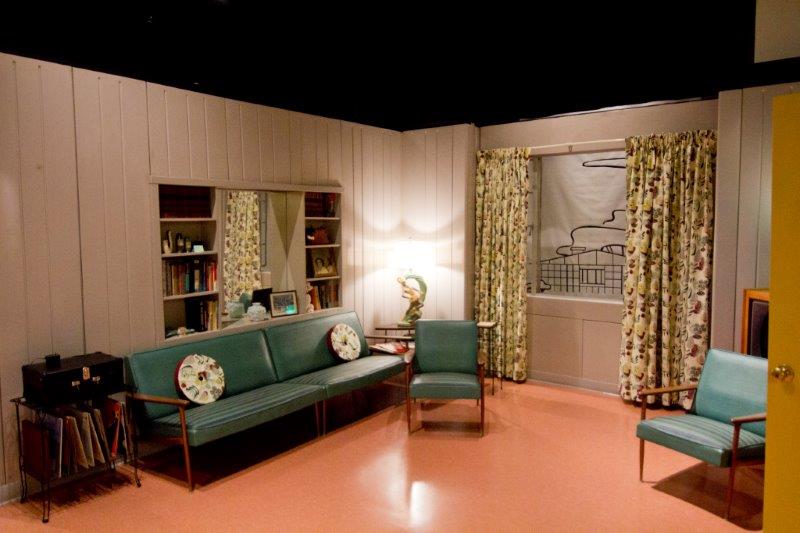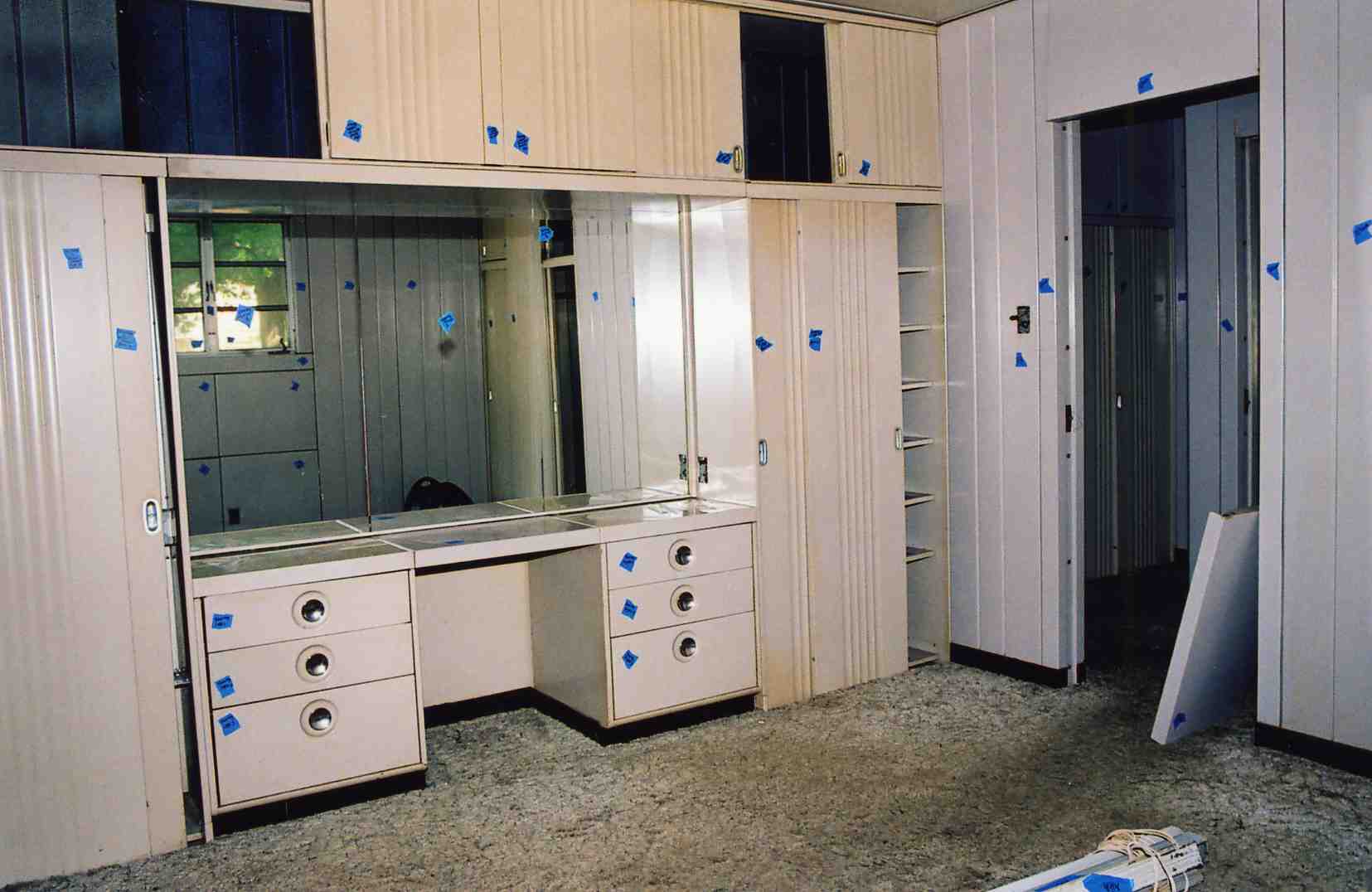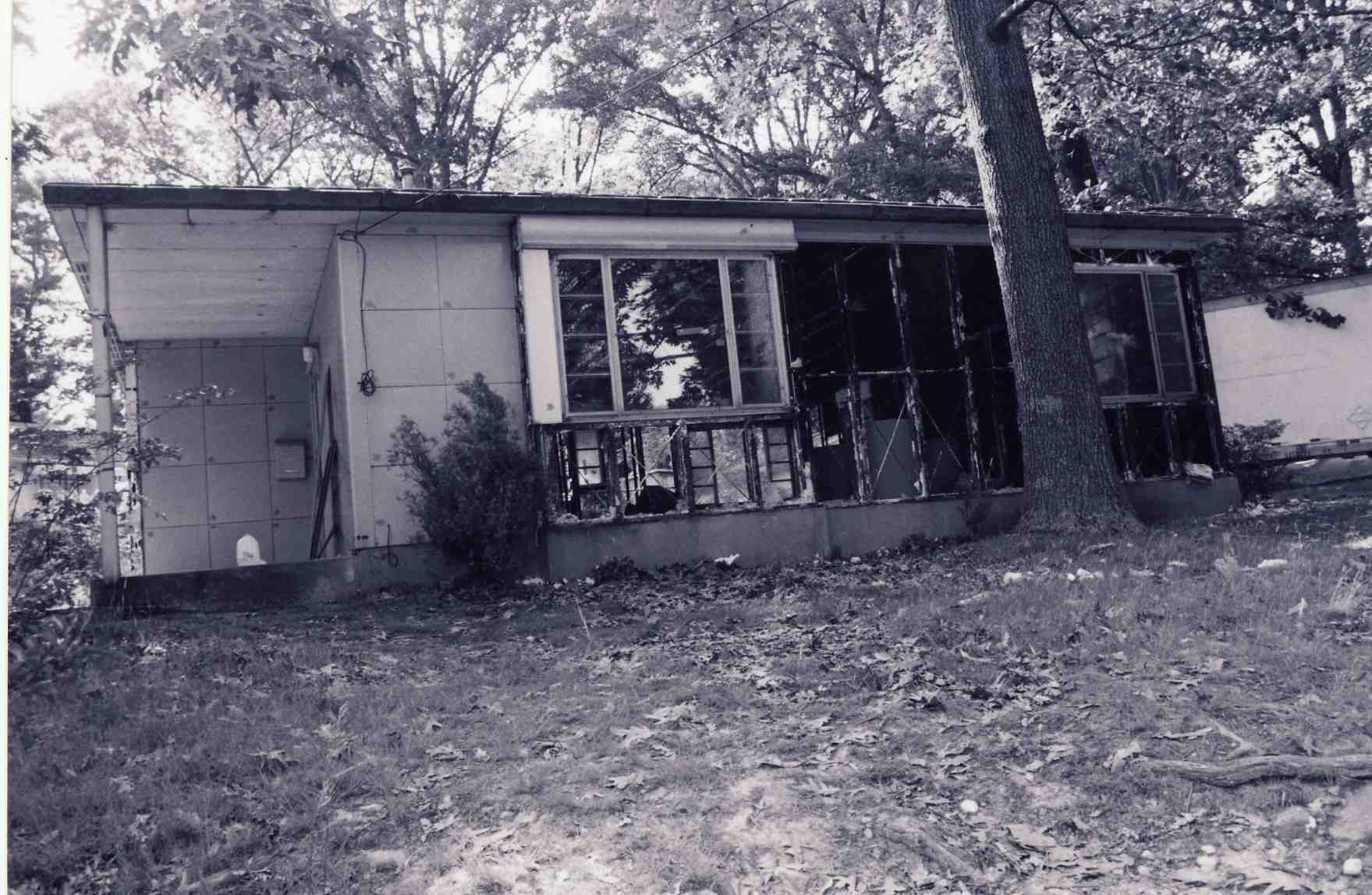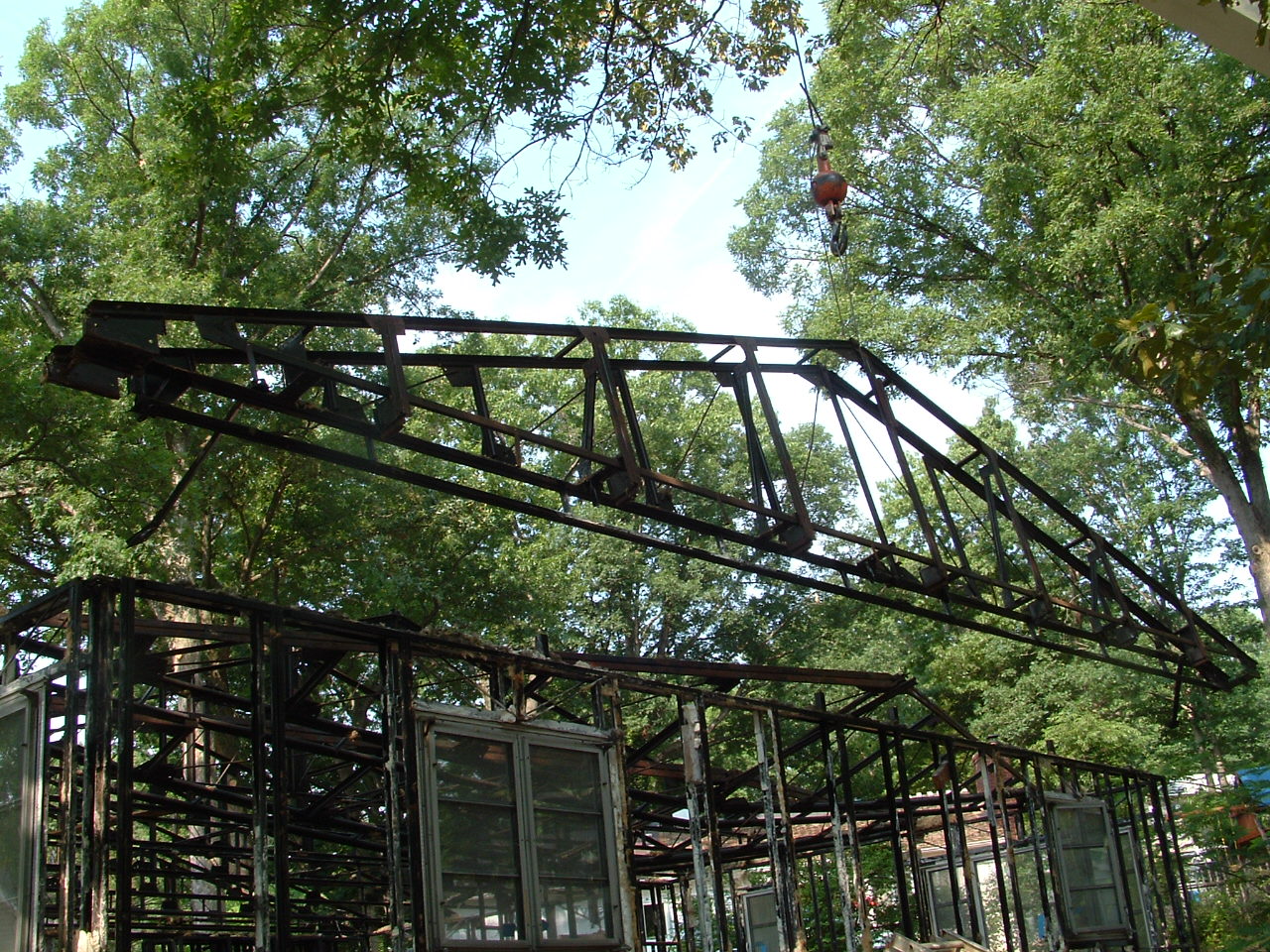A museum in Columbus, Ohio has a piece of post-World War II Arlington history.
Technically, more than one piece — almost an entire enameled steel, prefabricated two-bedroom, one-bathroom house that originally stood in the Columbia Forest neighborhood. In 2011, Arlington County donated the home, a prefabricated steel Lustron house, to the Ohio History Connection (OHC).
Eight years after the museum rebuilt the house and put it on public display, it is looking to get rid of some parts it did not end up incorporating, like a bathroom vanity, trusses and a heating unit, per a county report. It’s offering first dibs to the Arlington County Board, which it has to do, per the terms of the donation a decade ago.
County staff recommend the Board refuse the offer, arguing that the museum is in a better position to place these pieces with other Lustron homeowners, who are mostly in the Midwest. Plus, staff say, the county already has some panelling salvaged from other Lustron homes.
“The proximity of the OHC to a robust network of Lustron Homes and owners in Ohio and beyond provides a better-suited opportunity for these historic items to be feasibly reused,” per a county report.
Arlington County had struggled for years to figure out what to do with this home, which came into its possession about 15 years ago.
Advertised as “the house America is talking about,” several thousand Lustron houses were produced between 1948-1950. Eleven were built in Arlington, giving the county the distinction of having the largest quantity in the D.C. area, per a 2006 board report.
Due to their small size and unusual construction, they “are are at great risk for demolition and are becoming increasingly rare,” according to the report.
By 2005, only six remained in Arlington — and the one in the best condition was Clifford Krowne’s 1,805-square-foot “Westchester Deluxe 02” model in “dove gray.” That year, he told the county he intended to raze the home and redevelop his property, but he offered to delay those plans if the county wanted to preserve the house but put it somewhere else.
The county agreed to pay $18,500 to have a contractor disassemble it. Plans to reassemble it in the Arlington Heights neighborhood never transpired, so it sat in storage in Chantilly, costing the county $4,800 a year, for five years, save for a brief moment of celebrity in New York City’s Museum of Modern Art.
Then, staff found a recipient: the Ohio history society.
“Though the OHC maintains the official Lustron corporate archives in its collection, the organization did not yet own an actual Lustron Home,” according to the 2022 board report. “The OHC agreed to assume all associated costs for shipping the house from Chantilly to Columbus and was eager to use the home for educational and interpretive purposes.”
If the County Board approves the refusal, the last pieces of Arlington’s post-World War II history will go to Lustron homeowners whose homes remain a testament to everything prefabricated homes represented.
“The design and manufacture of Lustrons aimed not just to satisfy an overwhelming and immediate need for affordable housing, but to raise the quality of living for middle-class Americans,” according to the county report. “Lustrons were ingenious not only in their materials, but also for their open floor plan, space-saving built-in cabinetry, and maintenance-free and fireproof all steel construction.”
The Arlington Historical Society is separately in talks with the Ohio museum about taking some pieces, the County Board report notes.


